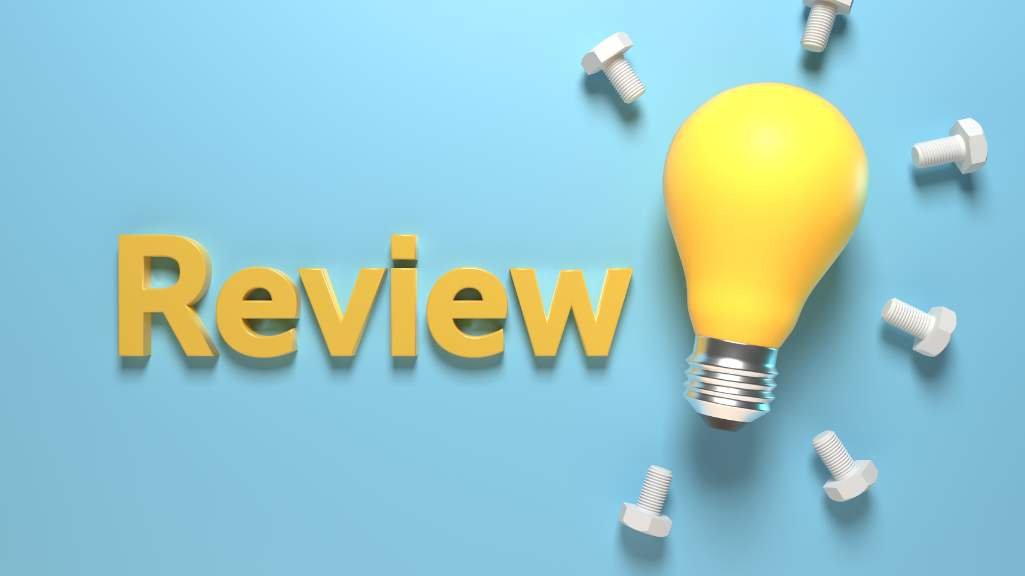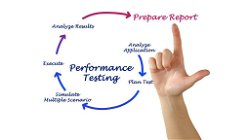Getting the Most Out of Performance Review Meetings: A Step Guide
Devin Barton
. 3 min read
During a performance review meeting, you and another member of the team discuss the member's accomplishments as well as any areas in which they could improve. In most cases, these gatherings serve as a springboard for the creation of a long-term plan that will assist a particular team member in capitalizing on their strengths and overcoming their weaknesses. Moreover, in order to foster open and transparent communication, some organizations have started incorporating random chat sessions within their performance review process. It is a conversation that provides members of the team with the opportunity to be directly involved in their own development.

Who is Typically asked to Attend Meeting to Discuss their Performance?
The worker in question. Performance reviews are given to employees of all levels of performance, including those with the lowest level of performance. The supervisors who are in charge of the workers (that includes you). On occasion, the manager of the human resources department.
1. While you are thinking about the future, don't forget to reflect on the past
The focus of traditional performance reviews is on the actions and results from the past. Even though it's important to recognize past performance, if that's the only thing you discuss in a performance review, you won't be able to drive future performance. Conversations about performance ought to provide workers with the opportunity to address and improve their performance in real time and to continuously see how their work aligns with the goals of the organization.
2. Determine the goals of conversation that will take place during performance review meeting
You are already familiar with the employee's performance details, which you will go over in your meeting with them later. That is not, strictly speaking, the "purpose." It's possible that you want to talk about the employee's prospects for advancement within the department. In any case, you should give some thought to the overarching direction you want the conversation to take.
3. Brainstorm ideas for the next step in the process/action plan
This ought to take up a considerable amount of time during the meeting. Even though going over the performance review form is important, you and the employee should already be familiar with the content of the form on some level. The form is a representation of the past, including actions and occurrences that have already taken place. The topic of discussion shifts its attention to the years to come at this point.
4. Redirect your attention to your advantages, not your disadvantages
According to Jones, it is often more beneficial to focus on strengths rather than areas of improvement during performance reviews, even though traditional performance reviews, particularly annual ones, focus on areas of improvement. This can be demeaning and have a negative impact on engagement and productivity; she says that focusing on strengths rather than weaknesses can be much more helpful.
5. Recognize and Acknowledge Your Successes
Always make it a point to recognize the hard work that your employees put in, or find something positive about your direct reports that you can discuss during a performance review meeting. It is essential that they recognize the significance of your monitoring both the positive and the negative aspects of their performance. In addition to that, doing so enables you to help the other person feel more at ease during the conversation.
6. Engage in Conversation Regarding Matters That Require Alteration Or Improvement
A lack of performance can be attributed to a multitude of different factors in addition to just a knowledge gap. As a manager, it is your responsibility to communicate to the members of your team what aspects of their current performance can be improved upon and what areas require the most work. A performance review meeting should be a place where team members can communicate with one another and plan ways in which they can improve both individually and collectively in order to achieve better results.
Conclusion
In conclusion, a performance review meeting is an opportunity for both the employee and the manager to discuss the employee's past performance, set goals for the future, and create an action plan to improve. The focus should be on strengths rather than weaknesses, and successes should be acknowledged alongside areas for improvement. The conversation should be a two-way dialogue that involves both parties in planning for the future and improving performance. By following these steps, performance reviews can be a valuable tool for both the employee and the organization in achieving success.
More Stories from
Unlocking Business Growth: Harness the Power of Web Solutions
Embrace the power of the internet to unlock your business's true potential and propel it towards unprecedented growth.
Unlocking Instagram Metrics: Key Metrics to Monitor for Social Media Success
This article discusses the importance of tracking Instagram metrics for a successful social media marketing strategy.
Embracing the Remote Work Revolution: Pros and Cons for Businesses and Employees
This article explores the significant growth of remote work over the past decade, driven by technological advancements and changing work cultures.
A Comprehensive Guide to Performance Testing: Stages, Metrics, and Tools
It explores the importance of performance testing in the development lifecycle, the types of performance testing, and the metrics used to measure performance.
Effective Marketing Techniques for Small Businesses on a Tight Budget
This article discusses effective marketing techniques for small businesses with limited budgets.









.png?width=40&aspect_ratio=1:1)
.png?width=40&aspect_ratio=1:1)

